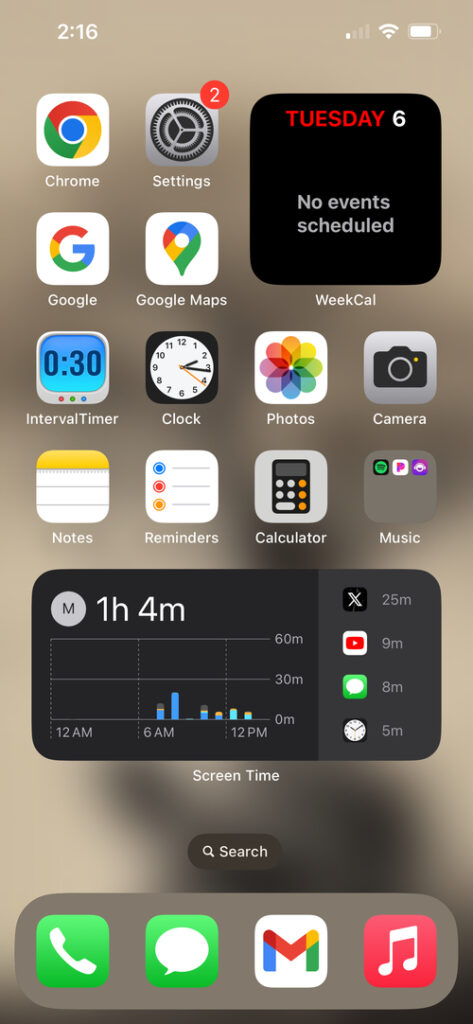When given the chance to casually browse social media, what I’m recognizing in myself is that the time I’ll ultimately spend browsing is NOT created equally based on which app I choose.
In other words, if I have a pocket of time to go on my phone, one app can lead me to spend significantly more time than a different one. In my case, choosing FB or IG generally leads to far more media consumption than if I chose X or YT.
…And it’s not like my daily levels of willpower/self-discipline are radically changing. I suspect it has to do with the app’s algorithms and the way I interact with the apps. On FB and IG, I casually browse until I get sucked into one of those never ending reel rabbit holes. And let me be the first to admit, they’re damn addicting.
On X and YT, it’s just one video at a time. And I feel like I have a better grip on who/what I watch and can get closure with clear stops to the end of videos.
Since learning this about myself, I’ve turned insight into action and made this a part of my digital media consumption strategy. 95% of the time now, when I have a pocket of time, I’ll choose to browse X or YT because I know it’ll lead to less total consumption.
Now I pass the question off to you: which app do you feel sucks the most time from your day(s)? Do you feel like the time spent is equal regardless of the app? Or do you feel like it’s disproportionate like me?
P.s. The Screen Time widget helped me discover this.
